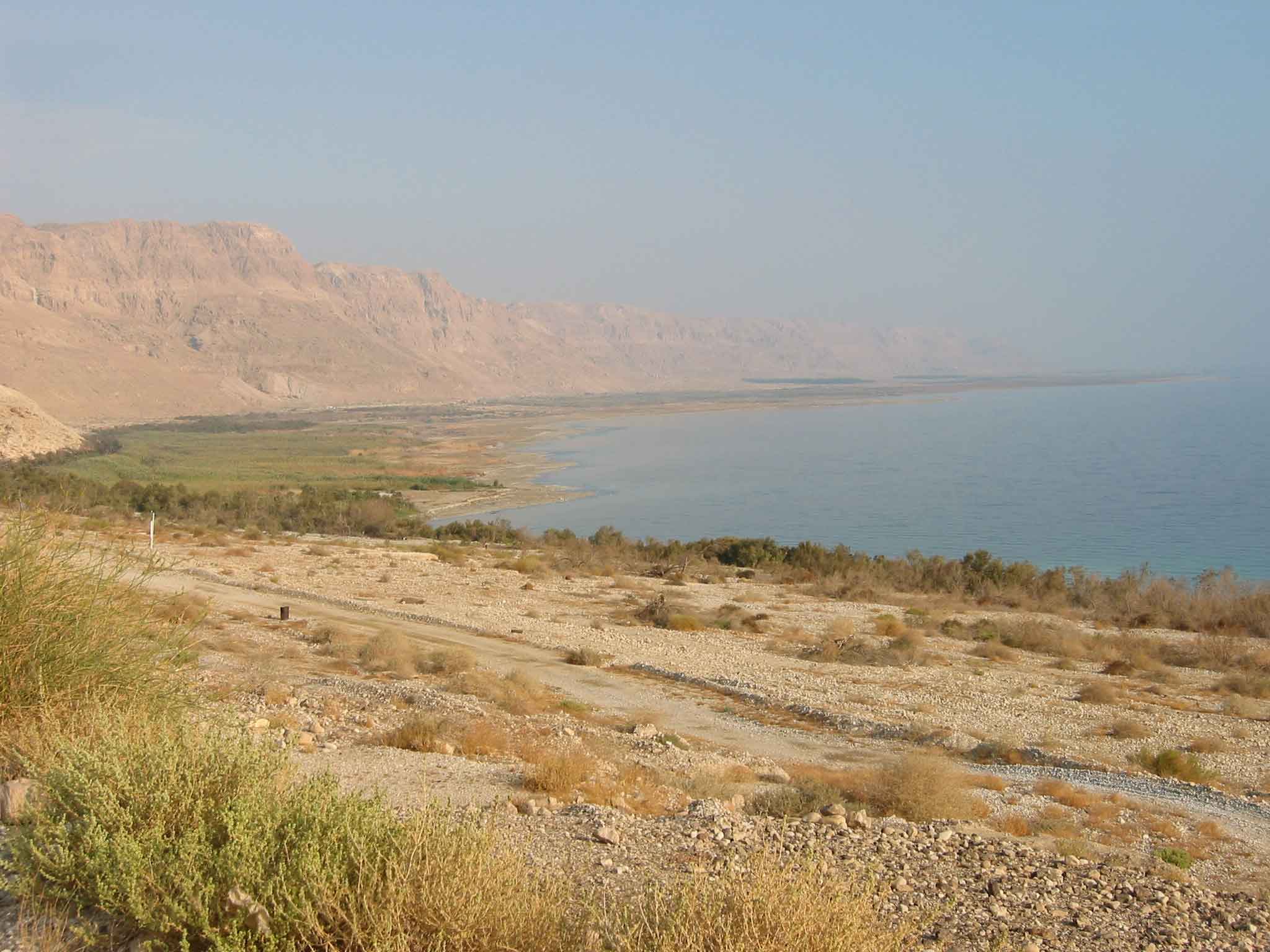AVOW - Adaptive Visions of WaterHome |
WHAT IS THE RED SEA – DEAD SEA WATER CONVEYANCE PROPOSAL ?
In December 2006, representatives of Jordan, Israel, the Palestinian Authority and the World Bank announced that they expected to have secured within a few months the final amount of a $15 million World Bank feasibility study of the Red Sea – Dead Sea water conveyance. This large-scale project – preliminary cost estimates have ranging from $3 billion to $9 billion (US) over a 10-15 year construction schedule – would begin with an open canal at the Red Sea, which would then become a pipeline descending to the Dead Sea, the lowest body of water on earth. During its descent, the water would flow through turbines. The energy produced by the turbines would be used to desalinate much of the water and the remainder would flow into the Dead Sea. The desalinated water would be available for human consumption and agriculture, with the bulk of the distribution going to Jordan, and the remainder to the Palestinian Authority and Israel.
Proposals for canals of some sort linking the Dead Sea to the Mediterranean or the Red Sea have been discussed for over a century. The Red Sea – Dead Sea project became a real possibility after the Jordanian-Israeli peace accord, signed in 1994. Members of both governments have publicly supported developing the initiative. Jordan is one of the most water stressed countries in the world, with severely limited fresh water supplies; the situation is similar in the Palestinian Authority. Their populations are rapidly growing and agricultural exports are important to their economies. The Dead Sea, which borders on Jordan, Israel and the Palestinian Authority, has been steadily and dramatically shrinking, due to diversion of water from the Jordan River by Israel and Jordan and the harvesting by Israeli and Jordanian companies of valuable chemicals through evaporation. In addition to the impact this shrinkage has on a globally unique landscape, the resulting instability of the ground surrounding the Dead Sea has brought most new economic activity to a halt and threatens existing livelihoods of the residents of the area.

Retreating Dead Sea
Photo: Eric Abitbol
The Red Sea – Dead Sea conveyance is an appealing project. It would increase the regional supply of water, stabilize the Dead Sea and be a tangible “peace dividend” assisted by the international community in an area of long-term conflict and hostility.